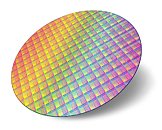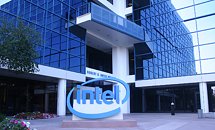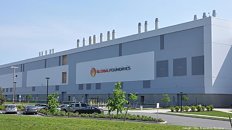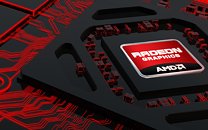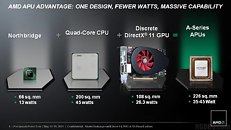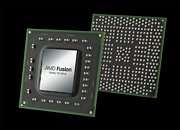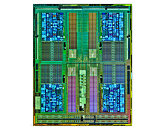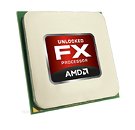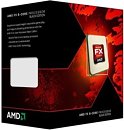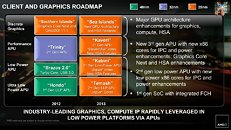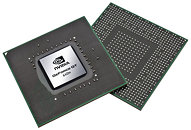
GlobalFoundries to Go Public in 2022
GlobalFoundries is planning to sell a minority stake in the company through an IPO (initial public offering) in 2022, company CEO Tom Caulfield told the Wall Street Journal. In February, it was reported that with the discontinuation of the 7 nm development and sale of certain facilities, the perception was made that GloFo was looking to be acquired by another semiconductor company. The same course of actions could have also served as prelude to taking the company public, and as it turns out, GloFo is heading toward the latter.
TimesUnion comments that the decision to discontinue 7 nm development and shedding some assets slowed down development of future technologies, but returned the company to profitability, so it could be put up for an IPO. Caulfield didn't comment on what is the size of the stake sale, but the source comments it could be aimed at alleviating the strain on GloFo's original investors, the Abu Dhabi government, which has invested over $21 billion in the company over the past 10 years. GlobalFoundries was formed as AMD spun off its semiconductor business in 2009, with seed capital from the Abu Dhabi government. Over the decade, the company built fabs in New York state, and acquired fabs across Vermont, and Singapore, along with tech acquisition from IBM.
TimesUnion comments that the decision to discontinue 7 nm development and shedding some assets slowed down development of future technologies, but returned the company to profitability, so it could be put up for an IPO. Caulfield didn't comment on what is the size of the stake sale, but the source comments it could be aimed at alleviating the strain on GloFo's original investors, the Abu Dhabi government, which has invested over $21 billion in the company over the past 10 years. GlobalFoundries was formed as AMD spun off its semiconductor business in 2009, with seed capital from the Abu Dhabi government. Over the decade, the company built fabs in New York state, and acquired fabs across Vermont, and Singapore, along with tech acquisition from IBM.


